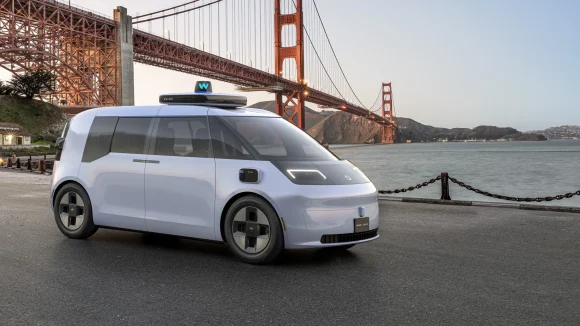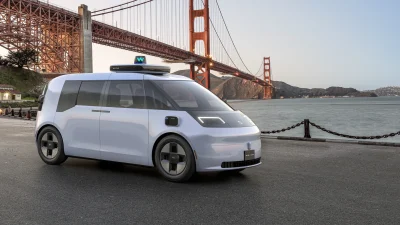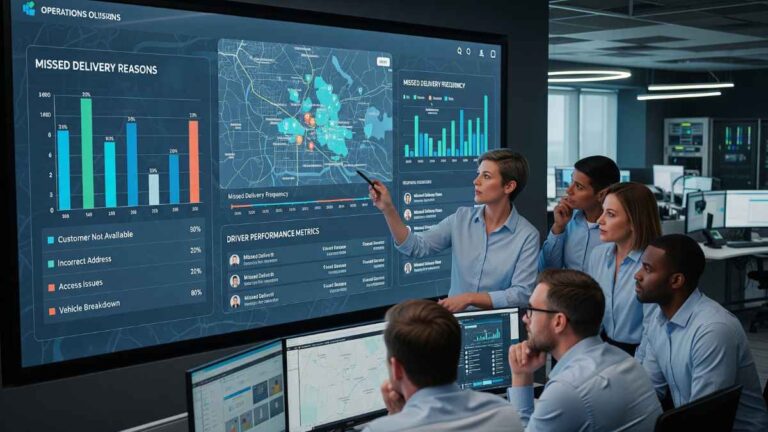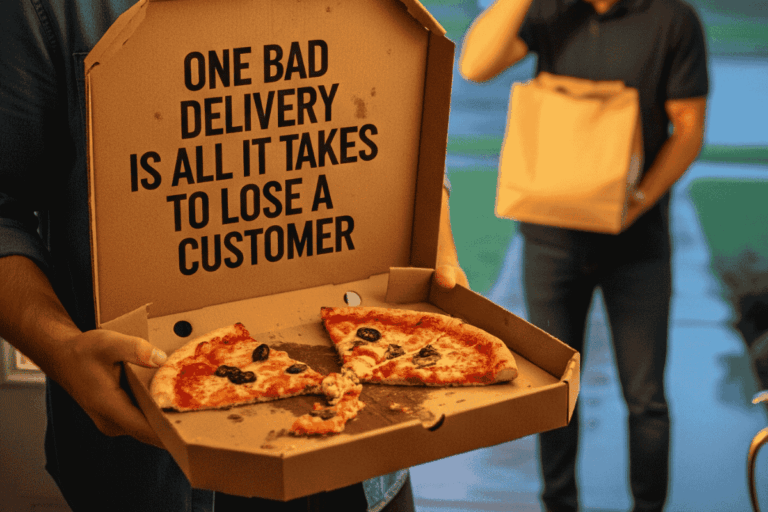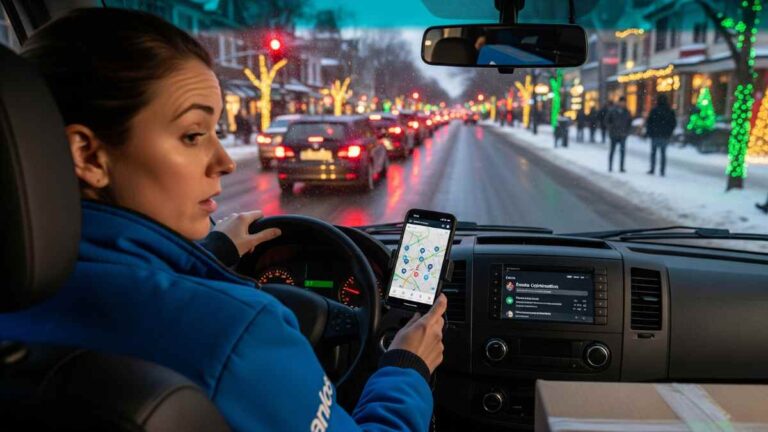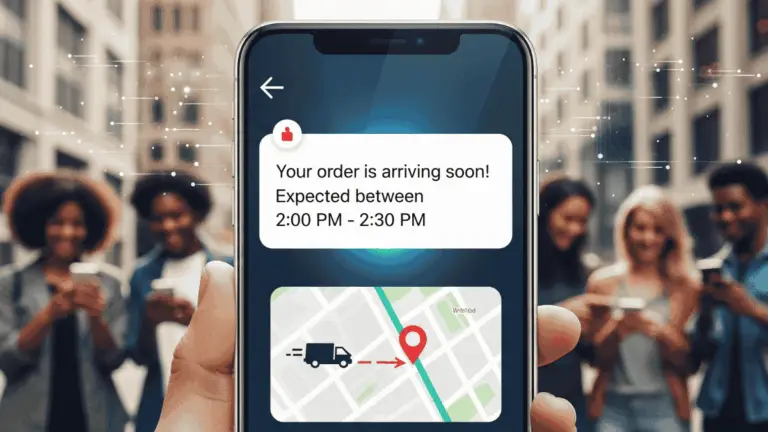Waymo and Geely’s joint venture in developing robotaxis for the US market is making significant strides, with progress evident nearly two years after their collaboration began.
Zeekr, the electric car brand initiated by Chinese auto giant Geely, is actively recruiting personnel for its US operations, specifically for the Waymo project. According to a spokesperson from Zeekr, the robotaxi project is on track, with plans to deliver the first vehicles for testing in the country by the end of this year.
The robotaxi venture
In December 2021, Waymo, Alphabet’s autonomous driving division, unveiled plans to create an all-electric robotaxi in collaboration with Zeekr.
The prototype showcased a unique blend of design elements, combining practicality with futuristic appeal. While the specific timeline for the commencement of commercial operations remains undisclosed, the recent recruitment efforts, as reported by TechCrunch underscore the project’s forward momentum.
Zeekr is actively seeking a logistics manager to bolster its operations in the country. Based in the San Francisco or San Jose areas, this role will play a pivotal part in developing Zeekr’s distribution network for finished vehicles and spare parts. The chosen candidate will lead a team responsible for shaping logistics processes, systems, partnerships, and supply strategies to optimize operations and minimize vehicle repair downtimes.
These recruitment efforts demonstrate Zeekr’s commitment to expanding its US presence, with plans to reach a workforce of approximately eight to ten employees this year and around 25 next year, excluding third-party technicians.
Rise of the robots
San Francisco has recently given the green light to robotaxis, marking a significant milestone in adopting autonomous vehicles.
The decision, made by the California Public Utilities Commission (CPUC), allows driverless taxis to operate 24/7 and accept fares in the tech hub of the US. However, this move has sparked mixed reactions from the public. Supporters, primarily from leading companies like GM’s Cruise and Waymo, champion the potential benefits, such as improved transportation accessibility for people with disabilities.
Nevertheless, concerns have arisen, including reports of robotaxis malfunctioning, stopping abruptly in the middle of roads, and posing challenges to emergency services like firefighters.
Despite the initial enthusiasm, the reality of robotaxis operating in San Francisco has raised valid concerns. Incidents of malfunctions and collisions with emergency vehicles have led to reconsideration by city officials.
Following these incidents, the Department of Motor Vehicles (DMV) has intervened, requesting a 50% reduction in the number of autonomous cars in operation during the day, allowing no more than 50 driverless vehicles, and 150 at night.
These developments have sparked debates about the place of robotaxis in the city’s transportation landscape, raising questions about their impact on existing services like Uber and Lyft and the allocation of resources and priorities in the face of an already struggling public transportation system.
The future of robotaxis in San Francisco remains uncertain despite Waymo and Zeekr planning its pilot program.

